
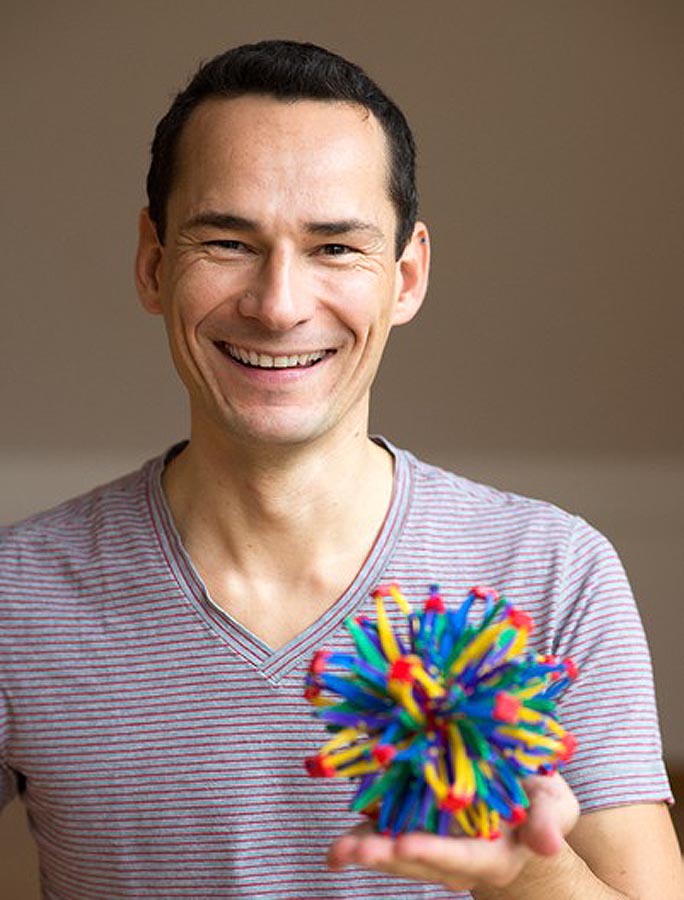
“My mat stays flat and I stay on my flat mat!“ A children's yoga teacher reveals what yoga for children is all about.
When some adults hear yoga for children, they wonder how the two could even match up. Are the children sat down on mats and forced to meditate? How does this even work? And I can tell you that this is definitely NOT what happens in class. When I see a child sitting there, eyes closed in lotus, it makes me laugh, because that is not at all yoga for me. In a children's yoga class we are moving around, experiencing exciting yoga stories and at the same time the little yogis are exploring their bodies. For example, we take a trip to Africa where we meet all kinds of wild animals along the way, and by using different yoga postures, we transform ourselves into these creatures. Of course breathing and meditation can be added, but in a child-friendly way such as a game so that the technique goes unnoticed.
My first children's yoga lesson as an adult
From the start of my adult yoga teacher training I knew that I wanted to work with kids. After having attended a children's yoga class for adults to try out at the Yoga-Expo, I was thrilled that yoga could be transformed in such a playful way for children. In order to really learn the best ways of communicating the holistic practice of yoga in a way that children could understand, I decided to take a specialized training course. The training was divided by age because of the diverse needs and cognitive approaches for different groups: pre-school, school children and teens.
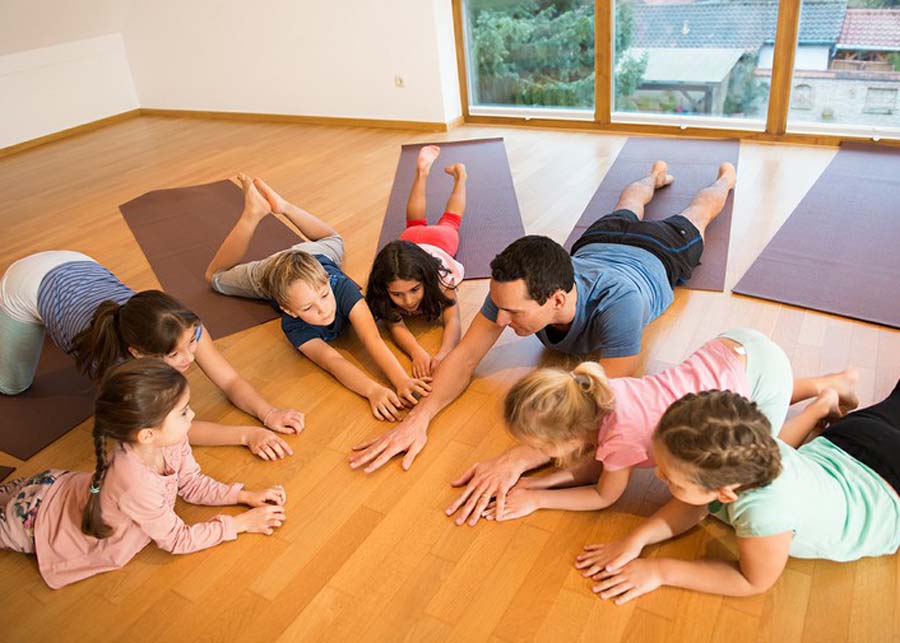
Yoga works! Even for the tiniest of yogis.
Parents reaffirm the positive effects of yoga for children such as improved body-awareness and heightened awareness of their senses, reduced anxiety and aggression, as well as increased self-esteem and concentration. Children can later use the yoga exercises when they need them, for example, in a stressful situation at school. Once a child told me that he would repeat silently to himself "Om" and that would calm him down when he was stressed. Isn't that wonderful? Through the practice of yoga the kids collect a tool kit to help them manage challenges in everyday life.
Rules make all the difference in a children's yoga class
Okay, and what does that have to do with the saying "My mat remains flat and I stay on my flat mat?" This is one of the rules I review with the children at the start of each class. Just as in any other yoga class, there are rules and children should be held equally responsible for following them. I learned the rules from my trainer Sanne Eichinger during the children's teacher training. I will admit that at first I was skeptical about whether I really needed to enforce these rules or not. I wondered why I should restrict the kids to staying on the mat for the entire class. I thought that it was nonsensical and I believed I had a strong enough personality to maintain order without rules. It took no more than my first lesson to change my mind. It was total chaos! The children were playing around with the mats and everyone, but especially the boys, were just running around. By setting the ground rules right off the bat, I can refer back to them later in the class to redirect the children when needed. This avoids scolding, discussions and with a short reminder the majority of problems with classroom management are solved. Also, children need clear rules, and they are actually grateful for it. If I forget to review the rules at the start they are glad to remind me, or they recite one of the rules to another child when they see someone breaking a rule.
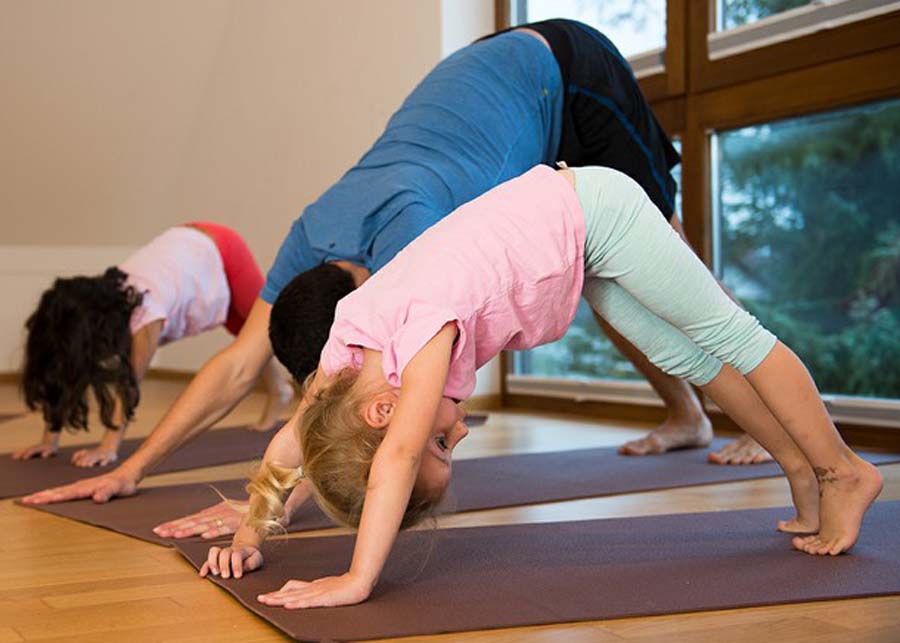
Have a plan B, and C for that matter
Children's yoga classes are spontaneous and they are led by intuition. When I am planning a lesson, I think about the general framework like the subject, which games to play and which yoga exercises to incorporate. At the same time, I try to set up an alternative for if things aren't working out. Adults don't always show how they are feeling, or at least it is quite subtle. With children, the mood of the group is clearly palpable as they enter the room. I look at what the children need at that moment, and if it doesn't match with what I had planned, I throw the idea out and go with plan B, or C. If I have planned a lesson with quiet exercises, but because of bad weather the children have been stuck inside all day, it is unfair to follow my plan. No one will be happy in the end. I would prefer to give them exercises to burn up some of the excess energy they have, so I would start with my 'volcano' exercise. In this exercise we stand with closed legs, place the palms of the hands together in front of the body and let the hands move around to show the upward flow of lava. Once the arms are overhead, the children start flailing their arms and jumping into a wide-leg stance to show the lava exploding out of the top of the volcano. After a few rounds the kids will be relieved of their excess energy and we can move along. As we know from yoga for adults, the end relaxation is a very vital part of the practice. The kids do this, too. We do this with a night light turtle that projects small stars onto the ceiling and a little story.
To learn more about how a children's yoga class is organized, how yoga for children can help them with everyday life or about the skills needed to be a children's yoga teacher, look out for my following articles on the subject. Until then, I am looking forward to reading any questions or comments you may have.
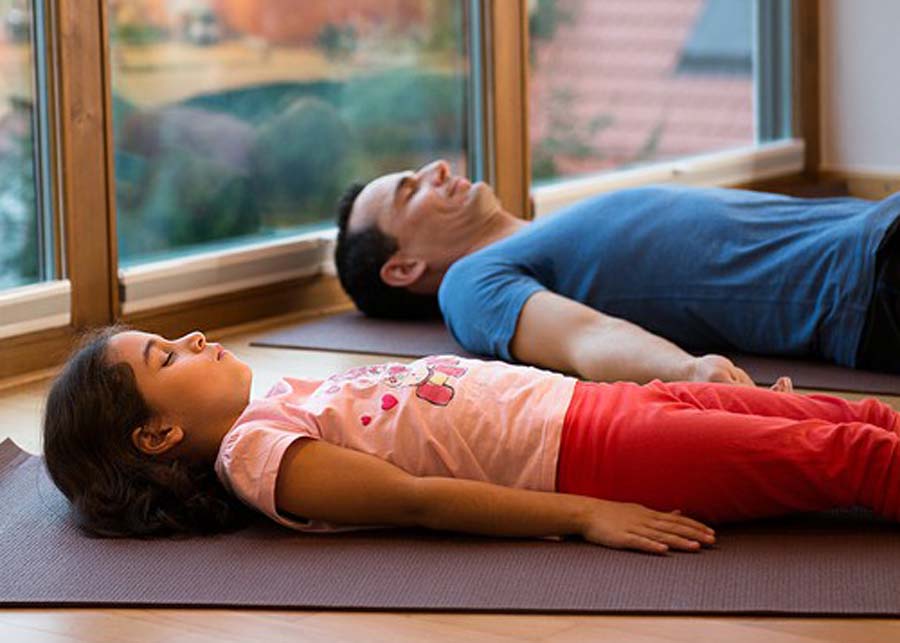
Parents say:
"Ever since my son has been taking children's yoga, his growing pains have disappeared" - mother of an 8-year old boy.
"My little girl has had a sleep disorder for a long time, but whenever she goes to yoga, she sleeps!" - mother of a 4-year old girl.
"My daughter has a lot of energy, but when she comes out of the yoga class, she seems much more balanced and calm the rest of the day." - mother of a 7-year old girl.
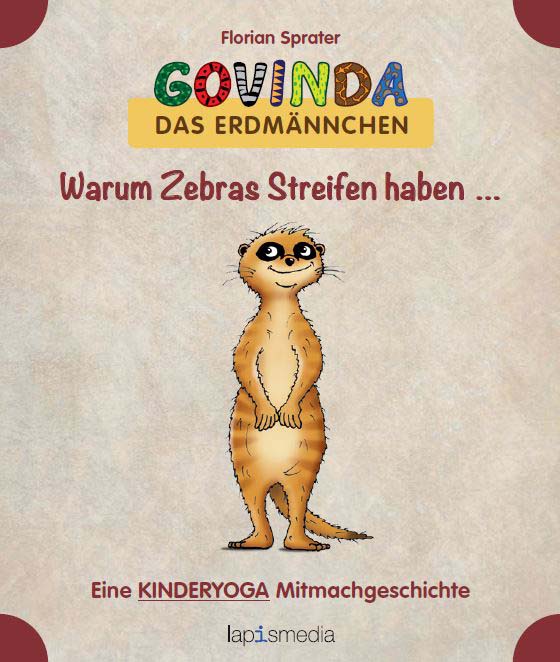
Spiral-bound book 48 pages (German)
ISBN: 978-3-00-055204-5
Free shipping when ordered directly from:
Govinda Yoga Online Shop
Govinda the Meerkat - or, Why Zebras have Stripes ...
More and more I have gotten feedback from parents who would like to practice yoga with their children at home because the kids have so much fun and it does them so much good. I quickly realized that I would like to write a children's yoga book so that yoga can be practiced in the living room with the parents and not only in class. As the protagonist of my book "Why Zebras have Stripes", I chose a curious meerkat named Govinda to guide us all, small or large, through a story of discovery in Africa. The meerkat encounters elephants, giraffes, lions, hyenas and snakes and finally asks the zebra to explain why he has such funny stripes. I wrote this book to make it accesible for all, meaning that even with no yoga experience parents will be able to follow the book and have a small yoga session together with their child.
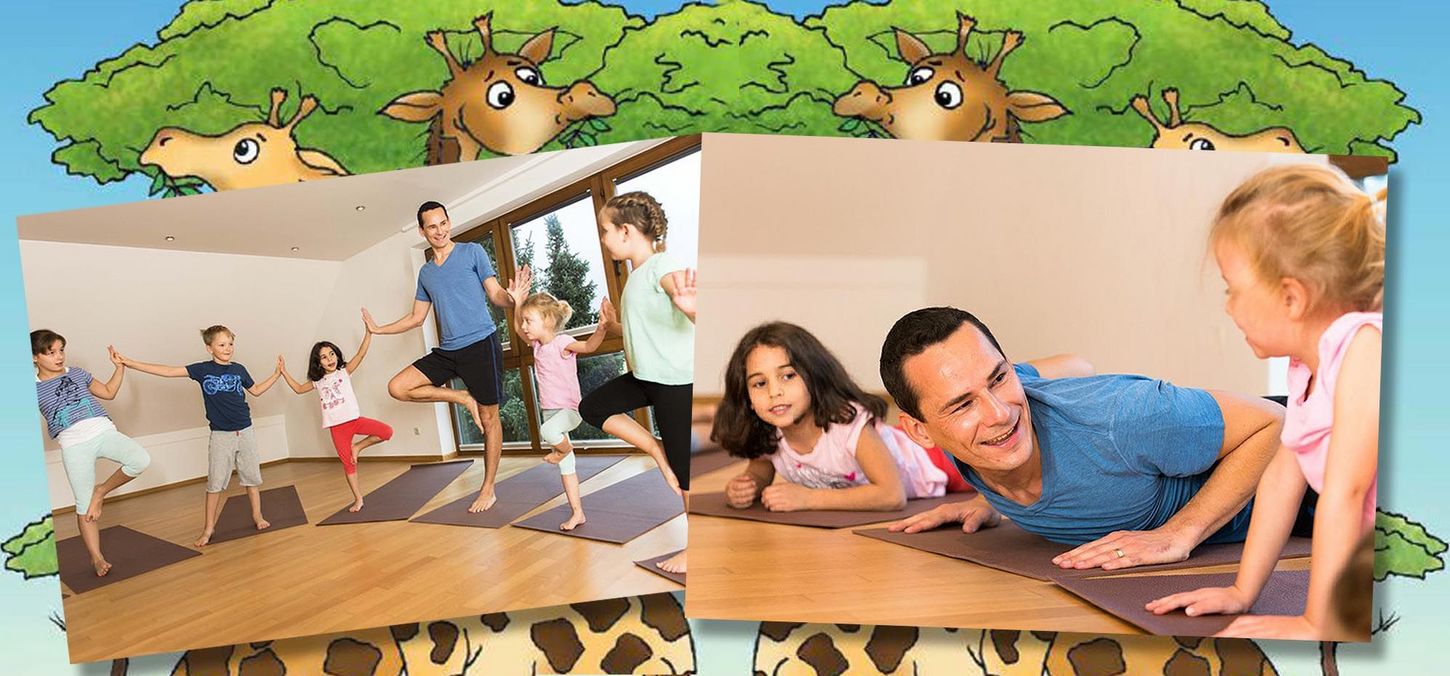

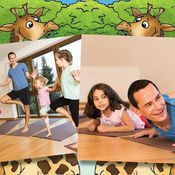
 Florian Sprater
Florian Sprater
Messages and ratings